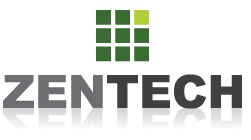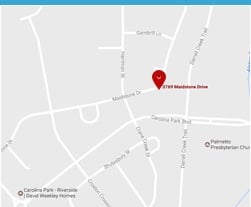Whether you are a buyer of manufactured electronic components or the engineer assembling the PCB, you should know that there are several different processes which can be utilized for any of your projects. This is especially true when it comes to PCB prototype assembly, because finding the right process that will save time, money, and create a high quality product is of utmost importance.
During the drafting and electronic design and manufacture step, most engineers will craft a prototype to see how everything will be placed on the circuit board, what components can be used, and other such tests to measure how much will needed or can be done for the final project before going head first into it all. This is a crucial step that shouldn't be rushed or neglected, and it is a perfect reason to test out a process of your choosing and see the results.
The Processes
There are two groups of processes: subtractive and additive. With subtractive, the excess copper coated plating is stripped away in order to complete the PCB assembling. When you go with the subtractive process, you have the following options:
-
Milling. This is a common way to create PCBs by using a milling machinery tool to manufacture the brunt of the product. This type of machinery is also known as a "PCB Prototyper," and is always commanded by y-, x-, and z-axis software to create the board.
-
Silk Screen Printing. Just like with t-shirts and clothing, a PCB can be created via silk screen printing, even during the PCB prototype assembly process. Although, it's a bit different than t-shirt printing, though it still uses ink to create part of a board.
-
Photoengraving. The photoresist coating is removed through this process, leaving only the conductive plating that is required for the PCB to work properly. This process also utilizes laser engraving and etching.
There is also the additive process, which adds the copper instead of stripping away the excess. It is a very common process that is similar to photoengraving by using photosensitive laminate and placing the board into a chemical bath that will coat it with the necessary conductive materials. This is the most popular way to create a board.
Create a Shortlist
Different PCBs are more than likely going to require different processes in order to work, as it depends on their function and why they are being created. And that means you need to be able to create a shortlist of processes that you want to try first, then pick the ones that will be in a shortlist--a "wish list," in a way--that can picked from.
PCB prototype assembly requires these processes, but, only one can be chosen for each PCB.  Some are going to be cost effective, others are going to shave off time from your overall PCB manufacturing project, and others are going to do both and even more. Again, it depends on the type of project, PCB, and what you want out of it all so it can work with your schedule and budget. Your assembly manufacturing company can help you decide which is best for you.
Some are going to be cost effective, others are going to shave off time from your overall PCB manufacturing project, and others are going to do both and even more. Again, it depends on the type of project, PCB, and what you want out of it all so it can work with your schedule and budget. Your assembly manufacturing company can help you decide which is best for you.
Create The Prototype
Once you have decided on a process and design, then it's time to create a prototype and see how everything worked out! This is simple as sending out the desired designs and just waiting on the prototype to be sent back to you.
At this point, you can decide if the process you chose will work for you in the future and figure out what to do with the rest of the batch order. If you like the process, you can stick with it, or try a different one and create a different prototype.
PCB prototype assembly is a very integral part of the PCB process, give it a try with your next project to see the difference it makes in results and quality.




